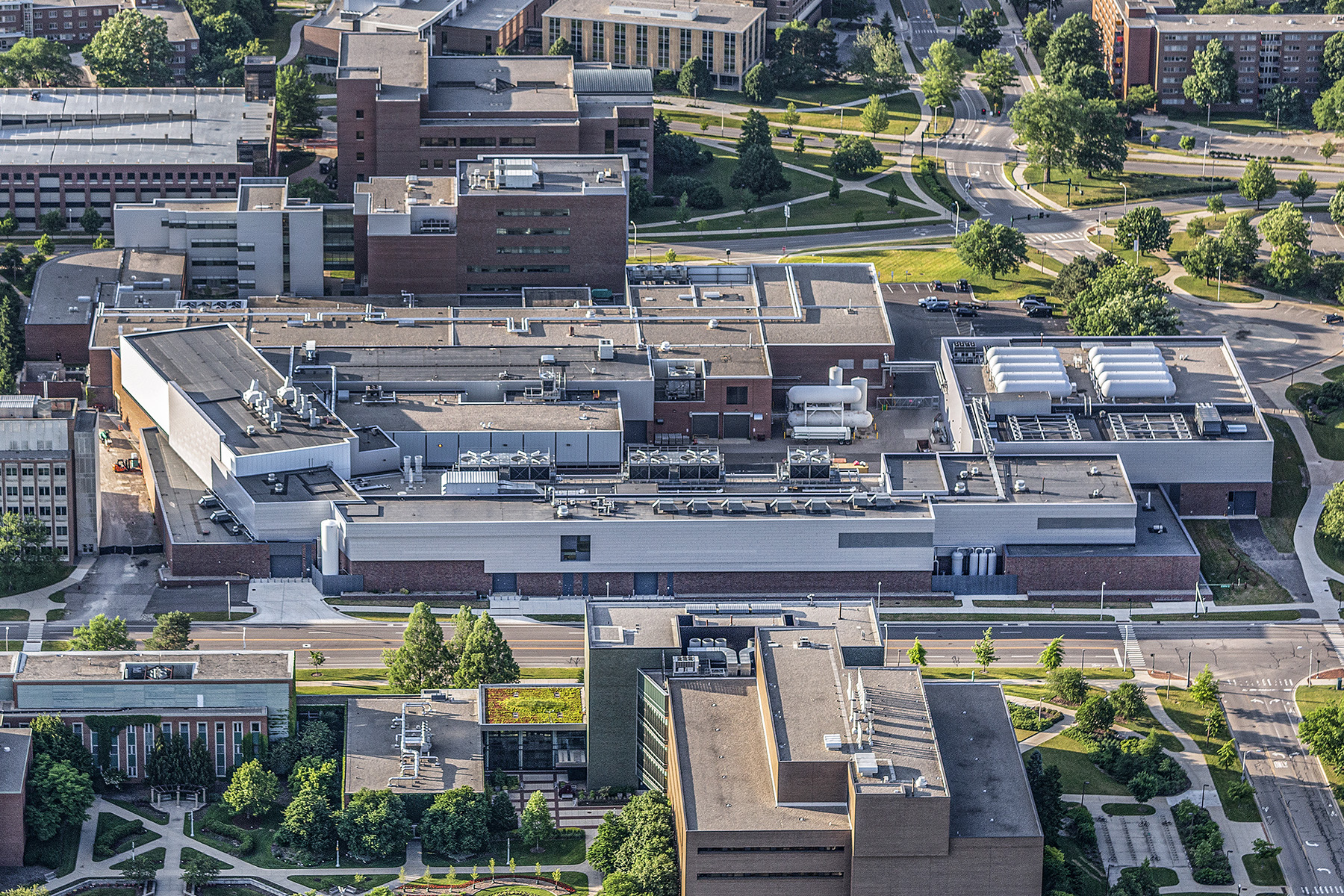Piercy applauds opening of MSU Facility for Rare Isotope Beams

Piercy at the ribbon-cutting ceremony.
When Michigan State University’s Facility for Rare Isotope Beams (FRIB) officially opened with a ribbon-cutting event on May 2, ANS Executive Director/Chief Executive Officer Craig Piercy was there to celebrate the result of many years of hard work.
“Big congratulations to MSU for bringing this project to fruition on time and on budget,” Piercy said. “FRIB will allow scientists to probe the origins of stars and the fundamental structure of matter and explore new life-saving medical treatments.”
Piercy worked closely with MSU’s FRIB team for several years before and after the university was selected over Argonne National Laboratory to host the facility, and he has seen the project come full circle. He was present at both the groundbreaking in 2014 and the ribbon-cutting ceremony in May.



